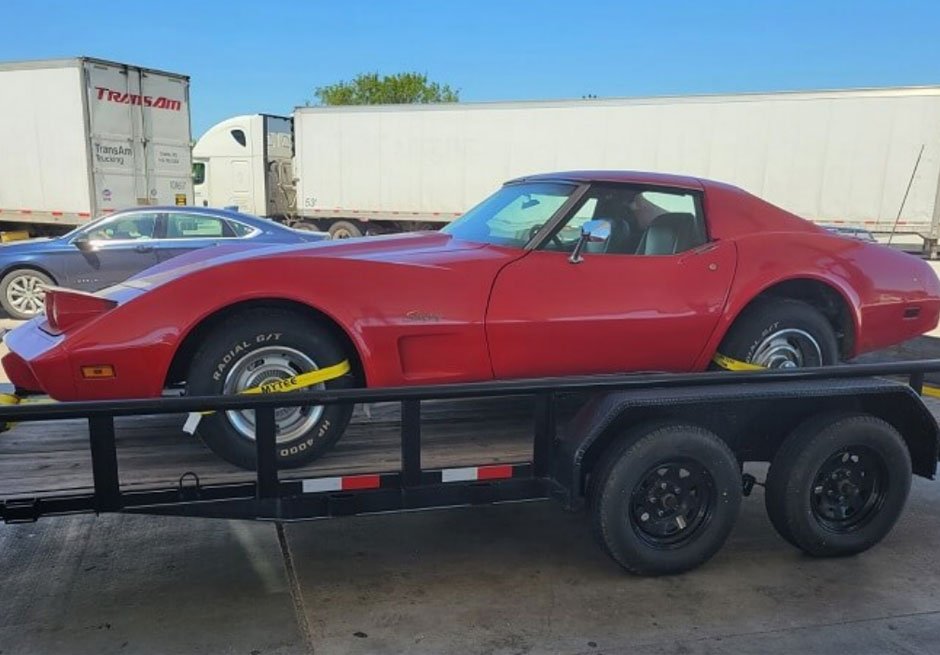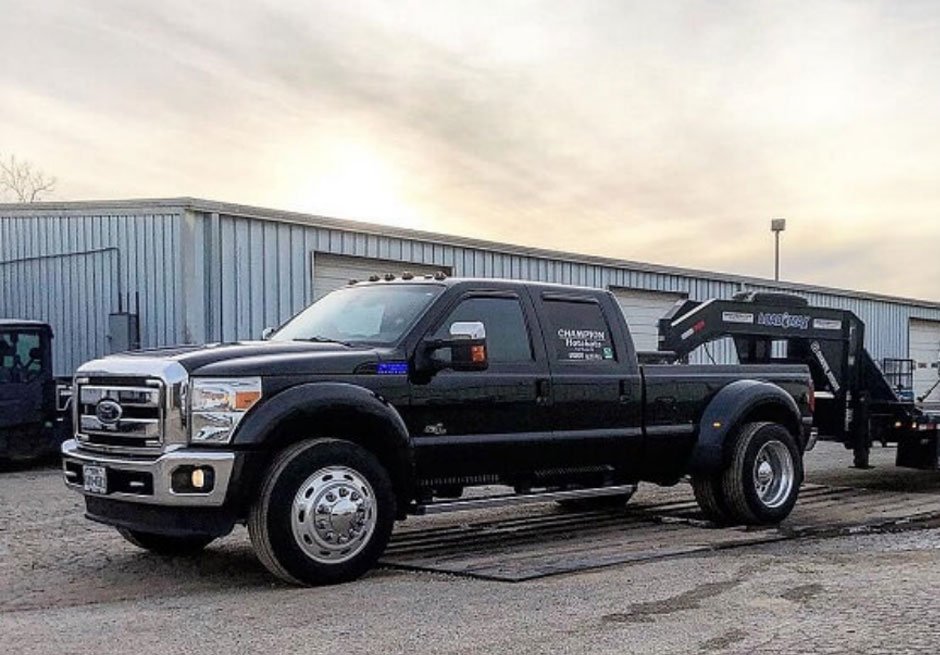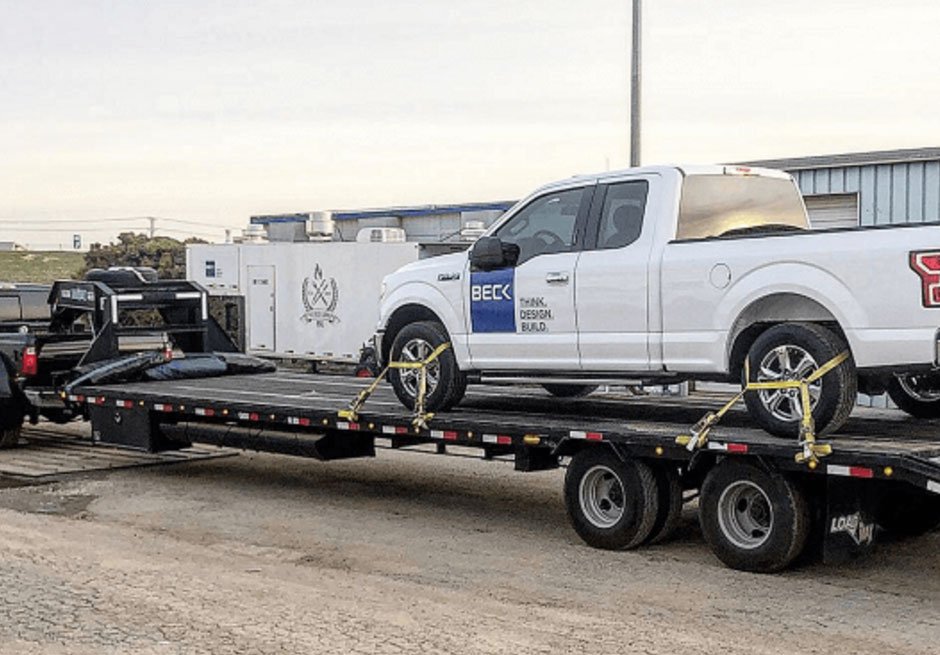Becoming a Car Hauler? Here’s You Need to Know about Tire Tie-Down Straps

Becoming a Car Hauler? Here’s You Need to Know about Tire Tie-Down Straps
When joining the trucking community, new truckers need to be prepared to handle all kinds of situations on the road. New Car Haulers especially have to stay on their toes when hauling vehicles. After all, transporting vehicles back and forth is serious business. If you’re not careful, you could find yourself in a world of trouble with both the police and the company you work for. That’s why it’s a good idea to invest in tire tie-down straps, which help secure a car to your flatbed trailer. Fortunately, there are several different kinds of tire straps new truckers can use to secure their auto cargo, such as over-the-wheel and dolly tire straps. At the end of the day, tire straps are a must-have for transporting vehicles.
Tire Tie-Down Straps in Several Different Ways

As mentioned before, there are several different types of tire straps that can help protect and provide security over a vehicle. Check out this list of tire tie-down straps that can meet all your cargo securement needs.
1. Side Mount Wheel Nets:
First on our list, comes the Side Mount Wheel Nets. These nets wrap around the outer edge of the car’s wheels and create precise anchoring points from four or six different points, depending on the number of car wheels. Additionally, they have a built-in ratcheting system, much like ratchet straps, that locks the wheel net in place. Even better, the nets come extremely versatile. Whether it’s a car or tractor wheels, they can accommodate any tire size. If new car haulers want flexibility in their tie-down applications, then the Side Mount Wheel Nets are the way to go.
2. Axle Straps:
Axle Straps can secure your vehicle by latching onto the front or back axles of the car. These tire tie-down straps come in a variety of different lengths and work well on any type of vehicle. Furthermore, Axle Straps create an anchoring point at the strongest ends of a vehicle. Additionally, these tire straps come equipped with hooks and mounting rings. The latter of the two can be used with E-track rails to prevent your vehicle from shifting or falling off your flatbed trailer during transit.
3. Tow Dolly Straps:
On the other hand, tow dolly straps, otherwise known as basket straps, are used exclusively with tow dolly trailers. Their basket-like pattern involves multiple, crisscrossing arms of polyester webbing fabric that help mimic a woven basket. Also, the design helps secure the car more firmly on the truck’s trailer.
This is especially important because only the two front wheels of a car can be secured to a dolly trailer. The back wheels of the car only roll along as the dolly trailer tows it. Overall, these car dolly tire straps create a snug fit around the wheels of the vehicle and are adjustable. They can be used on a variety of tire sizes. A new hauler won’t have to worry about a car sliding off the truck’s trailer with the use of tow dolly straps.
4. Over-The-Wheel Straps:
Considered one of the most common tie-down straps in the trucking world, the Over-The-Wheel-Straps have two anchoring points. However, new haulers should know that these tire straps can only be attached to trailers or car beds that have floor tie-down points. Though, if you’re deadset on using over-the-wheel-straps and don’t have any anchoring points, then be sure to purchase E-track systems to help make your flatbed trailer more versatile. With these types of features, it’s no wonder these over-the-tire straps are in high demand among truck drivers. New Haulers will certainly want to get their hands on these tie-down straps.
What Are Tire Straps Made Out Of?

If you think about it, these tire straps go through a lot of strain and stress throughout the day. Fortunately, most over-the-tire-straps and other versions are made from durable materials like polyester webbing fabric and nylon so they can withstand the weight and force of most vehicles. Not to mention, they have heavy-duty webbing material that makes them flexible and easy to adjust. They’re both durable and versatile. It’s no wonder that most tie-down straps are so long-lasting.
How to Use Tire Straps to Secure Your Vehicle

Not only should new truckers or car haulers know about the durability of tie-down straps, but they also need to understand how to use tire straps. Look below at the different steps to follow when securing a vehicle to your flatbed trailer.
Step 1: Loading the Vehicle:
A new car hauler’s first order of business should be to load their vehicle properly onto their tow truck’s trailer. Extend your heavy-duty ramps from your flatbed trailer and line the vehicle up with them. Slowly start to drive onto the ramps in a straight line. At some point, you’ll notice the car ascending and descending before it evenly distributes its weight over the trailer.
Afterward, newbies should place the trailer flat on the ground and extend the heavy-duty ramps. Line up the car with the rear ramps and drive slowly onto them. At some point, you’ll notice the car will start to ascend and descend before it evenly distributes its weight over the trailer. After the car is on your flatbed trailer and centered, put the vehicle in park. Before hitting the road, though, always double-check to make sure the vehicle is in place. The last thing anyone wants is for the car they’re towing to fall off during transit.
Step 2: Securing the Car with Tire Straps:
Tie-down straps make sure your vehicle stays in place during transit. When it comes to securing your car with tire straps, there are both indirect and direct tie-down methods to use. A direct-tie method involves connecting an anchoring part on your tow truck and the vehicle. On the other hand, an indirect tie-down method passes through or over the car and connects to two anchoring points on your truck.
Most car haulers use tire ratchet straps because of the snug feel they provide over the car tires. Thread the end of the webbing through the slot in the center spool of the ratchet. Afterward, pull back the webbing and do so again to avoid slack. Lastly, apply more tension over the strap by shifting the ratchet handle up and down until it becomes satisfactory. Make sure your strap covers the tire’s entire hubcap.
From that point, you can move on to securing the other wheels of the vehicle. In the end, remember to double-check that each strap is tightly wound around the car’s tires before taking off.
Step 3: Verify Strap Security:
After you’ve secured your tie-down straps and have started your transport, it’s a good idea to check them every so often. New car haulers should practice checking the security of their straps, especially if they’re brand spanking new. Unfortunately, new polyester car tire straps are more susceptible to breaking apart during first-time use. Stop every 10 or so miles to adjust, reposition, or ratchet them. You should also do so after making sharp turns or sudden stops, as they could become loose or damaged. Additionally, inspect your tow truck for any overheating issues or low-pressure tires. Checking your straps not only protects them but also the cargo. Making sure your cargo arrives in one piece is the end goal.
Step 4: Checking the Car’s Safety:
Next comes ensuring the safety of the vehicle you’re hauling. As a new driver, it’s important that you attach your trailer’s safety chain to help your car stay in place should any of the tire straps break. Make sure not to tighten the chain, but simply latch it onto the car. Afterward, check your straps again, making sure they’re not damaging any part of the vehicle. Additionally, stow away your heavy-duty ramps before driving off. New haulers, who have no experience towing a vehicle, should do a test drive in a nice quiet neighborhood or an empty parking lot. By doing so, you can practice things like braking, making wide turns, and driving in reverse, before the real deal happens.
Start Car Hauling Today
Car hauling can seem overwhelming when you first start out. Though, the more knowledge you gain on how to use different pieces of hardware like tire straps, the more fun the job will become. After all, you have the luxury of ogling at different types of cars all day, including foreign and sports cars. What’s not to love about car hauling?



